Introduction
- Ancient Egypt’s mummies offer a fascinating glimpse into the lives, beliefs, and practices of a civilization over 3,000 years old. Discover the stories behind the most iconic mummies of Egypt!
- This blog delves into Egypt’s most famous mummies, exploring their history, significance, and where they can be seen today.
Tutankhamun: The Boy King

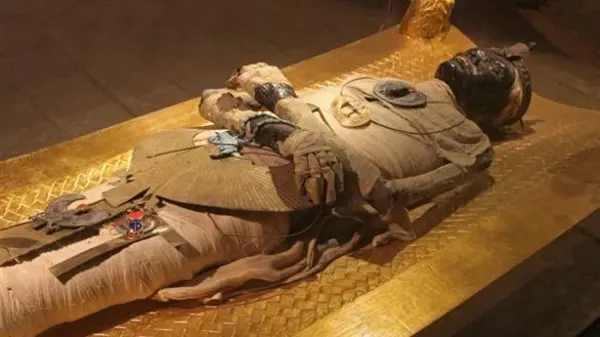
Tutankhamun’s body
- Tutankhamun, often called the Boy King, ruled Egypt during the New Kingdom at just 9 years old. His tomb, discovered in 1922, revealed extraordinary treasures.
- Why His Mummy is Famous: His nearly intact tomb was a groundbreaking discovery, sparking global fascination.
- Where to See It: Tutankhamun’s mummy remains in the Valley of the Kings, while his treasures are displayed at the Grand Egyptian Museum.
Ramses II: Egypt’s Greatest Pharaoh
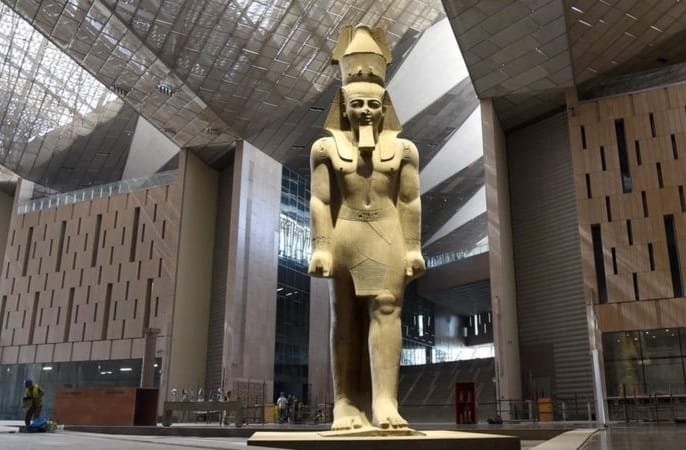
Ramses II
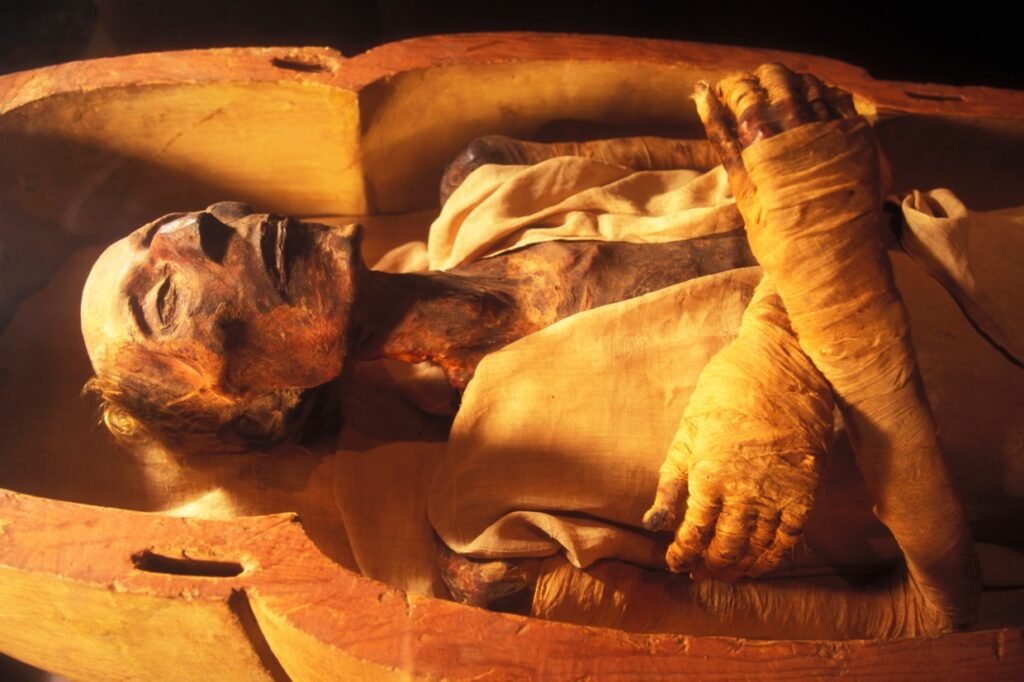
The body of Ramses II
- Known as Ramses the Great, this pharaoh led Egypt through a period of military success and monumental building.
- Why His Mummy is Famous: Ramses II’s well-preserved mummy reveals insights into his reign and health, and he’s regarded as one of Egypt’s most powerful rulers.
- Where to See It: Displayed in the National Museum of Egyptian Civilization in Cairo.
Seti I: A Pharaoh’s Journey into the Afterlife
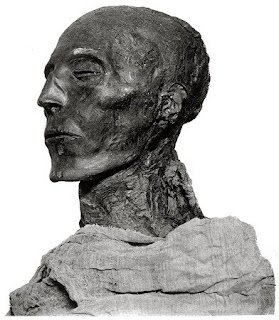
Seti I
-Seti I, father of Ramses II, was known for his military prowess and major contributions to Egypt’s architecture.
- Why His Mummy is Famous: The tomb of Seti I in the Valley of the Kings is considered one of the most elaborate, filled with intricate wall paintings.
- Where to See It: Seti’s mummy is preserved at the Egyptian Museum in Cairo.
Ahmose-Nefertari: Queen and God’s Wife
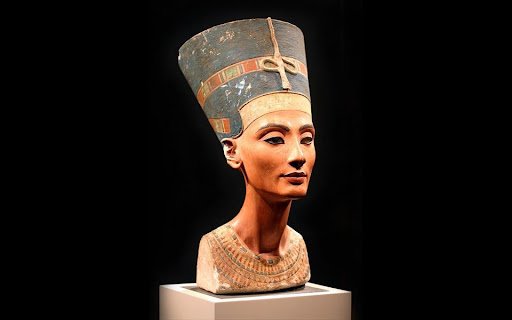
Ahmose-Nefertari
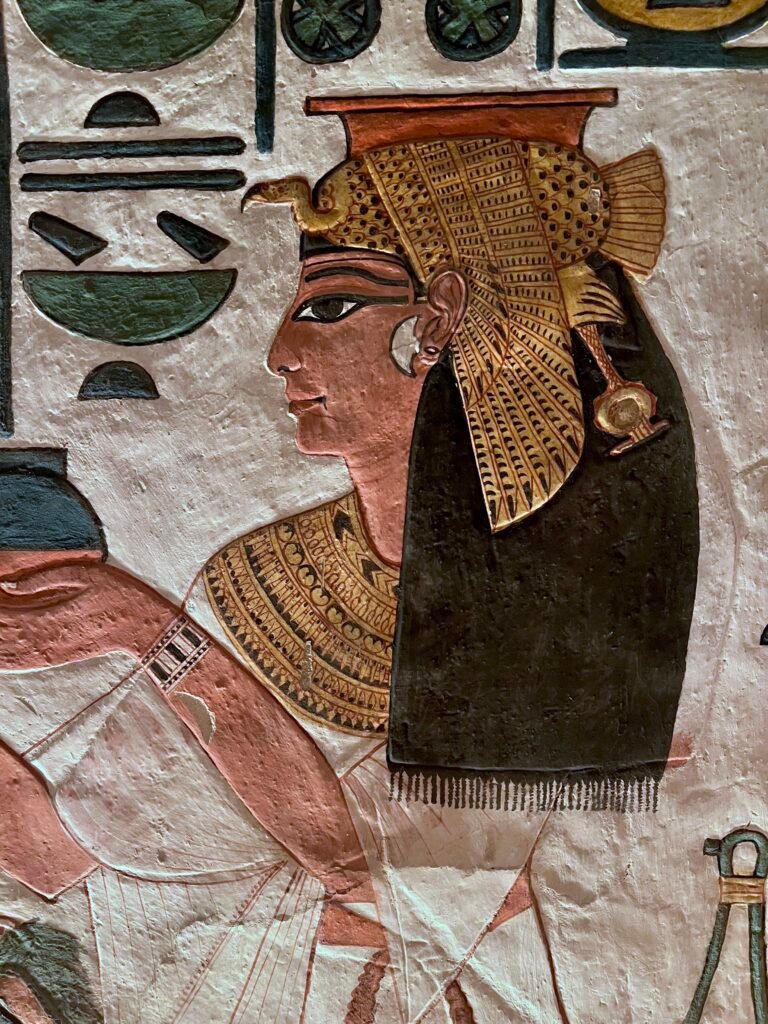
Ahmose-Nefertari
- Queen Ahmose-Nefertari was a powerful royal figure and the first queen of the 18th dynasty, instrumental in the re-establishment of Theban rule.
- Why Her Mummy is Famous: Her role as “God’s Wife of Amun” made her one of the most influential queens, and her mummy reflects Egypt’s rich royal legacy.
- Where to See It: Her mummy is preserved in Cairo’s Egyptian Museum.
Hatshepsut: The Female Pharaoh
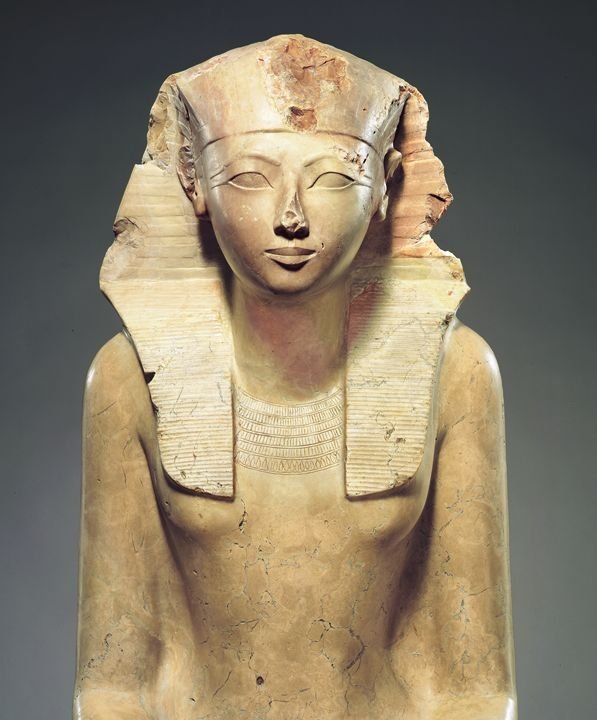
Hatshepsut
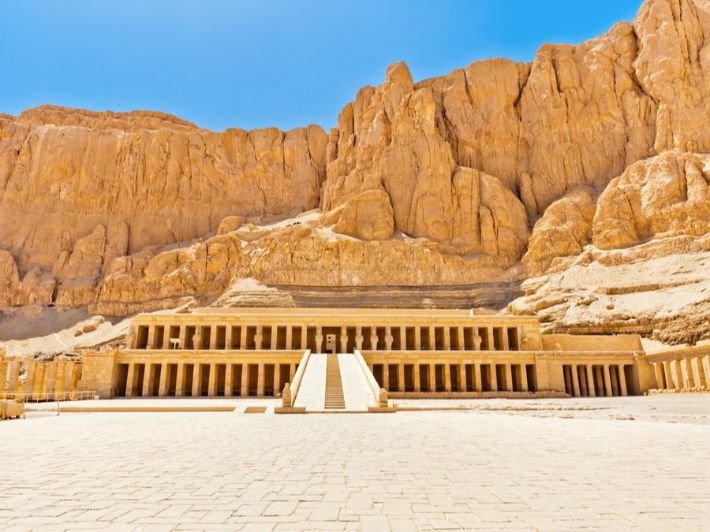
Temple of Hatshepsut
- As one of the few female pharaohs, Hatshepsut is known for her successful reign and extensive building projects, including her mortuary temple at Deir el-Bahri.
- Why Her Mummy is Famous: Identifying Hatshepsut’s mummy was an archeological mystery, solved by a breakthrough using DNA testing in 2007.
- Where to See It: Her mummy is also held at the Egyptian Museum in Cairo.
The Screaming Mummy: A Mystery of the Royal Cache
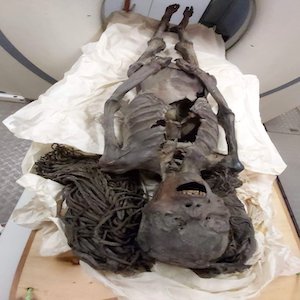
The Screaming Mummy
- This mummy, discovered in the Deir el-Bahri Royal Cache, is known for its open-mouthed expression, leading to its nickname, “The Screaming Mummy.”
- Why It’s Famous: Speculation about this mummy’s identity and cause of death, possibly linked to conspiracy and execution, adds a mysterious allure.
- Where to See It: Displayed at the Egyptian Museum, Cairo.
The Screaming Mummy: A Mystery of the Royal Cache
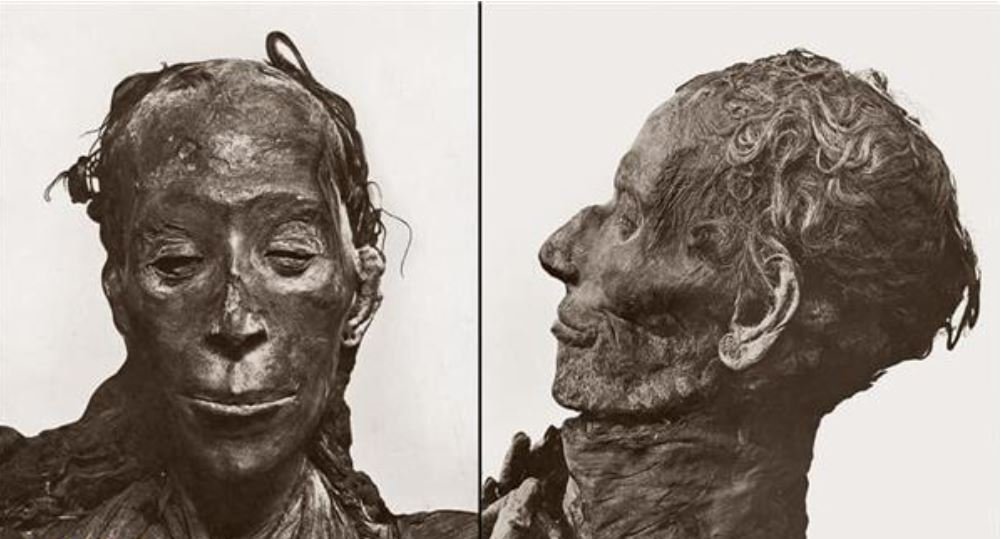
The Screaming Mummy
- Yuya and Thuya were high-ranking nobles and possibly the grandparents of Tutankhamun, with a remarkable tomb in the Valley of the Kings.
- Why Their Mummies Are Famous: Their tomb, found in 1905, contained treasures rivaling those in Tutankhamun’s tomb.
- Where to See It: Both mummies are preserved in Cairo’s Egyptian Museum.
Merneptah: The Pharaoh of the Exodus Theory
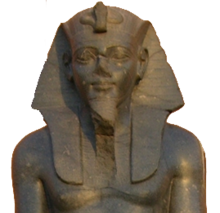
Merneptah
Merneptah, son of Ramses II, is believed by some scholars to be the pharaoh associated with the biblical Exodus.
Why His Mummy is Famous: As a prominent ruler with a unique historical connection, Merneptah’s mummy is the subject of much research and debate.
Where to See It: National Museum of Egyptian Civilization, Cairo.

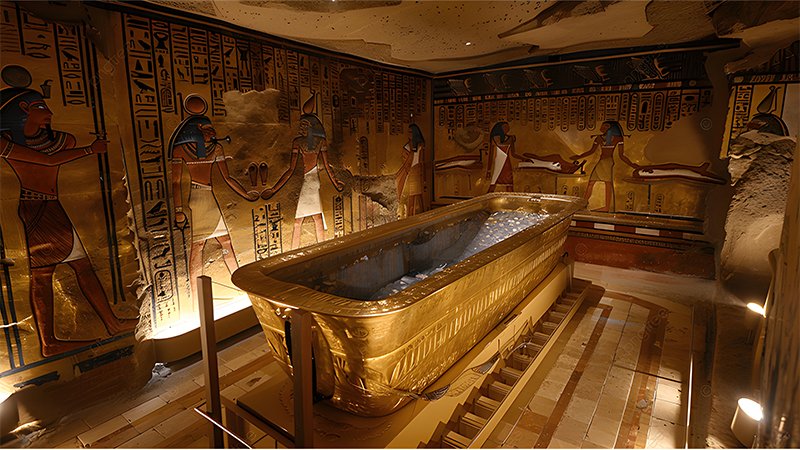

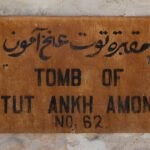




Comments are closed.